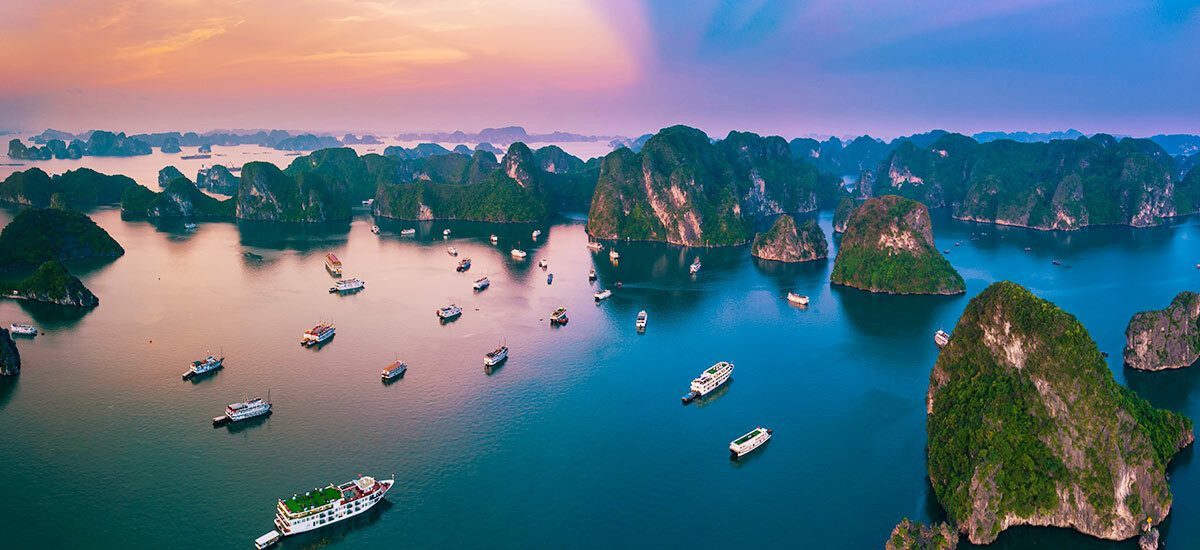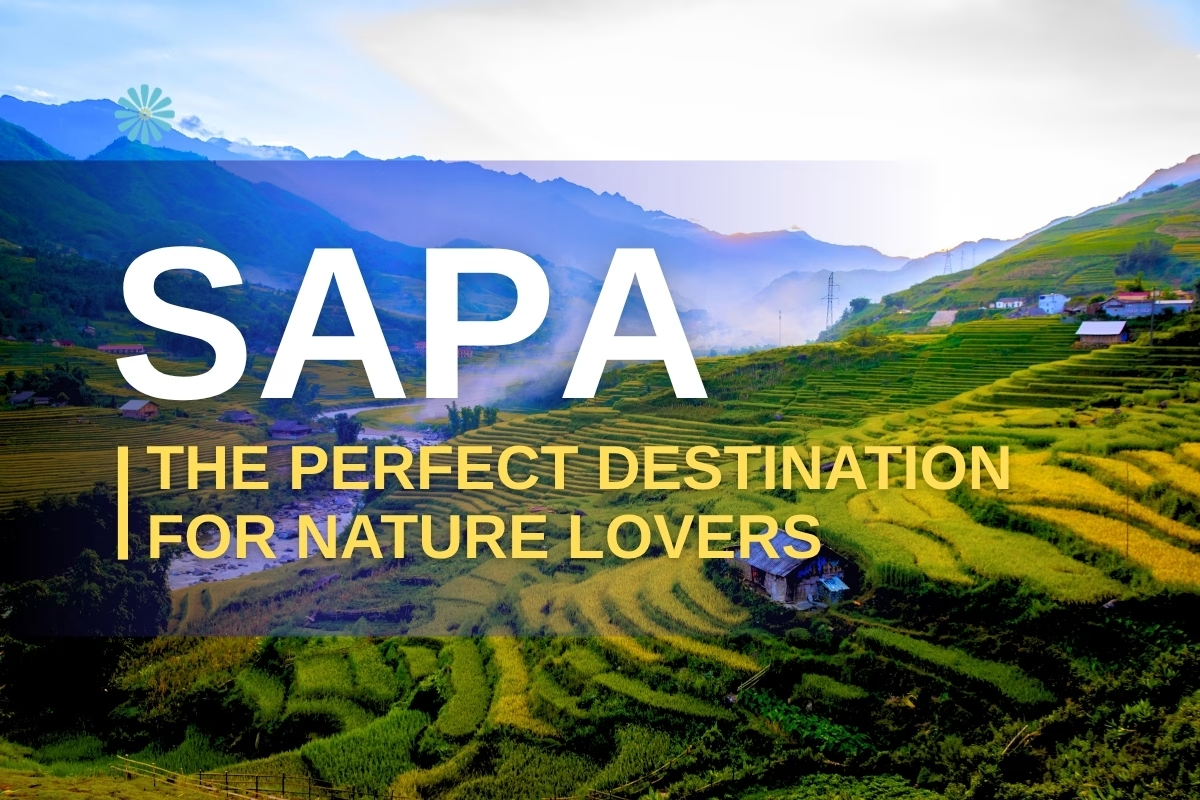Sapa: The Perfect Destination for Nature Lovers
Nestled in the majestic Hoang Lien Son Mountains, Sapa is a small town and a true gem of Vietnam tourism. With scenic trekking trails winding through lush forests, vibrant ethnic minority cultures, and breathtaking natural phenomena, Sapa offers an unforgettable adventure. From dreamy seas of clouds to shimmering terraced rice fields, Sapa tourism calls to anyone eager to connect with nature and discover authentic local life.
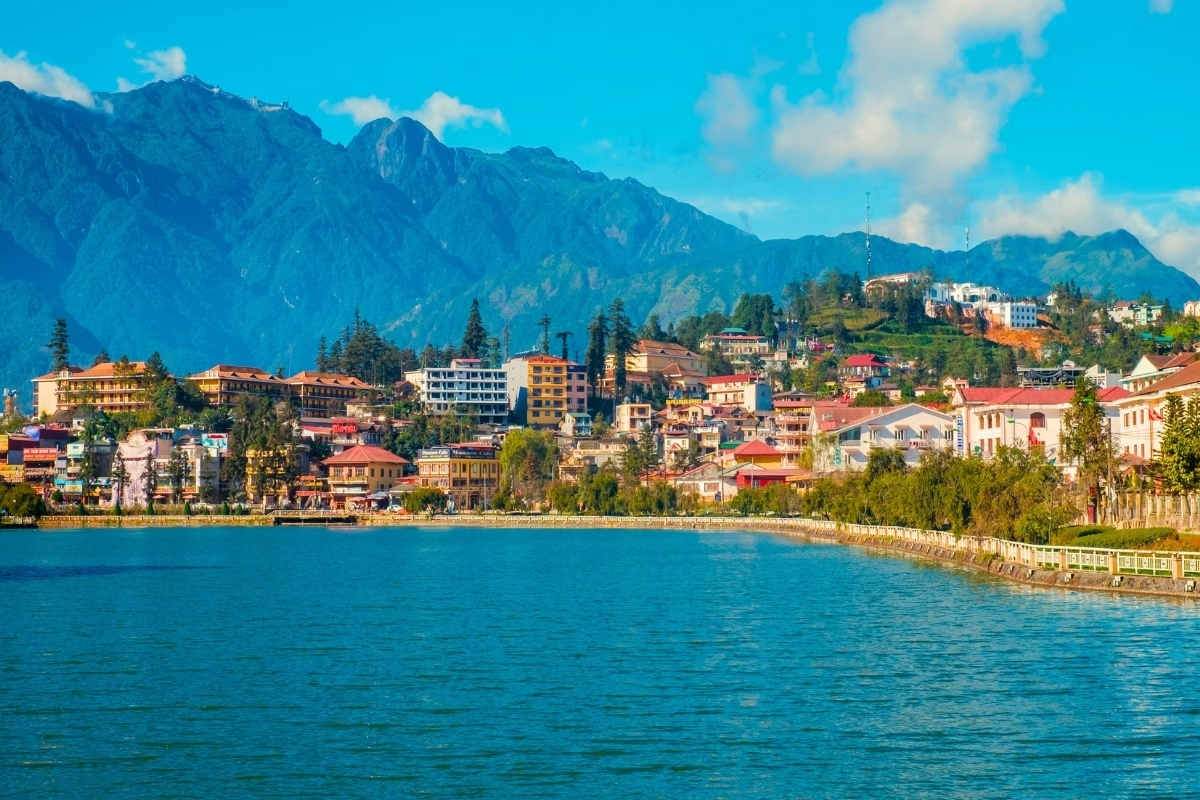
Trekking in Sapa: A Journey into Nature
Scenic Trekking Trails
Sapa is a paradise for those who love trekking in Vietnam. Its trails lead through villages, valleys, and mountain peaks, offering both challenge and inspiration. One popular route is the trek to Cat Cat Village, where paths wind through lush bamboo forests and golden terraced fields. This 4-6 km trail is perfect for beginners, with stunning views of mountains and waterfalls that captivate every traveler.
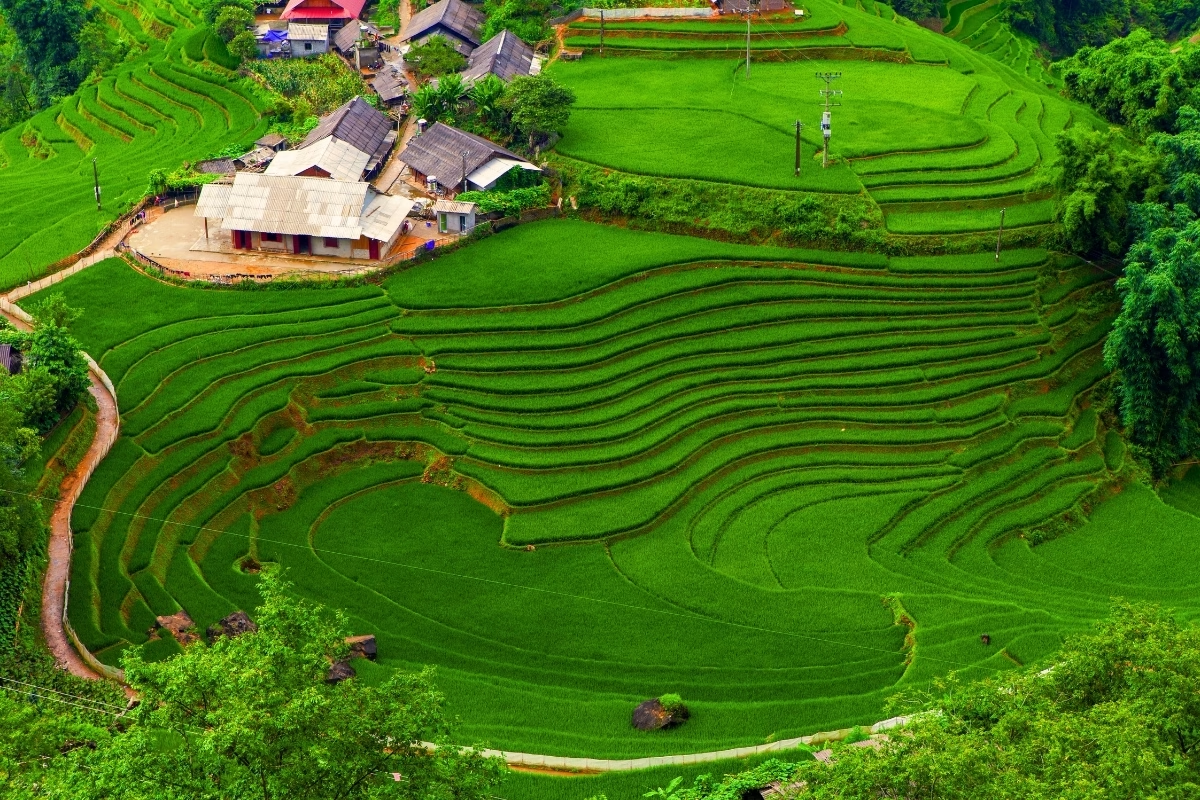
For a more adventurous journey, the trek to Fansipan Peak—known as the “Roof of Indochina”—is a thrilling choice. Whether you hike the full route or use the cable car for part of the way, you’ll pass through pristine forests, moss-covered cliffs, and swirling clouds.
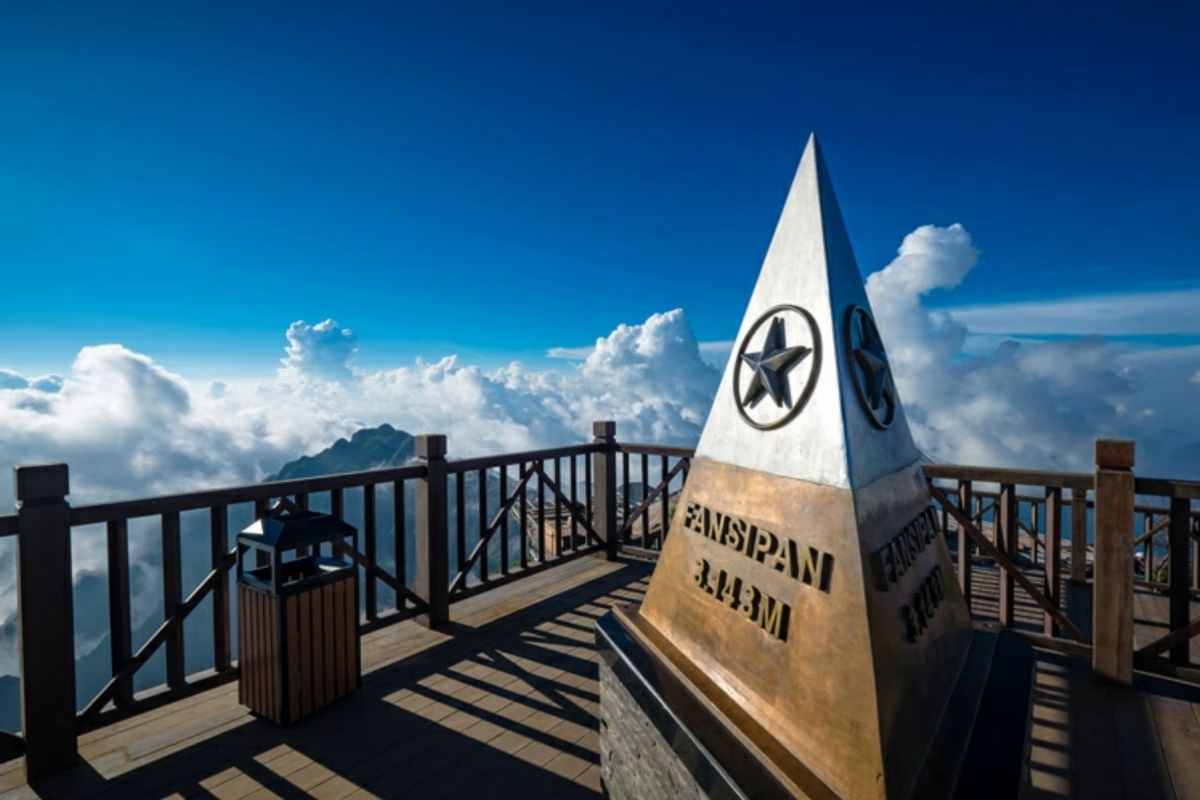
Trekking Tips
To enjoy trekking safely, wear sturdy, non-slip shoes and long-sleeved clothing to protect against sun and insects. Bring a water bottle and a hat, as Sapa’s weather can shift quickly with mist or light rain. Trails can last a few hours to a full day, so prepare your energy and mindset to fully embrace the experience.
Ethnic Minority Cultures: The Soul of Sapa
H’Mong and Dao Communities in the Villages
Sapa is home to ethnic minorities like the H’Mong and Dao, whose unique cultures bring the region to life. Visiting villages like Ta Van or Lao Chai, you’ll see simple wooden homes nestled on hillsides, colorful markets, and warm smiles from locals. The H’Mong are known for their intricately hand-embroidered clothing, while the Dao share stories of traditional herbal medicine and customs.
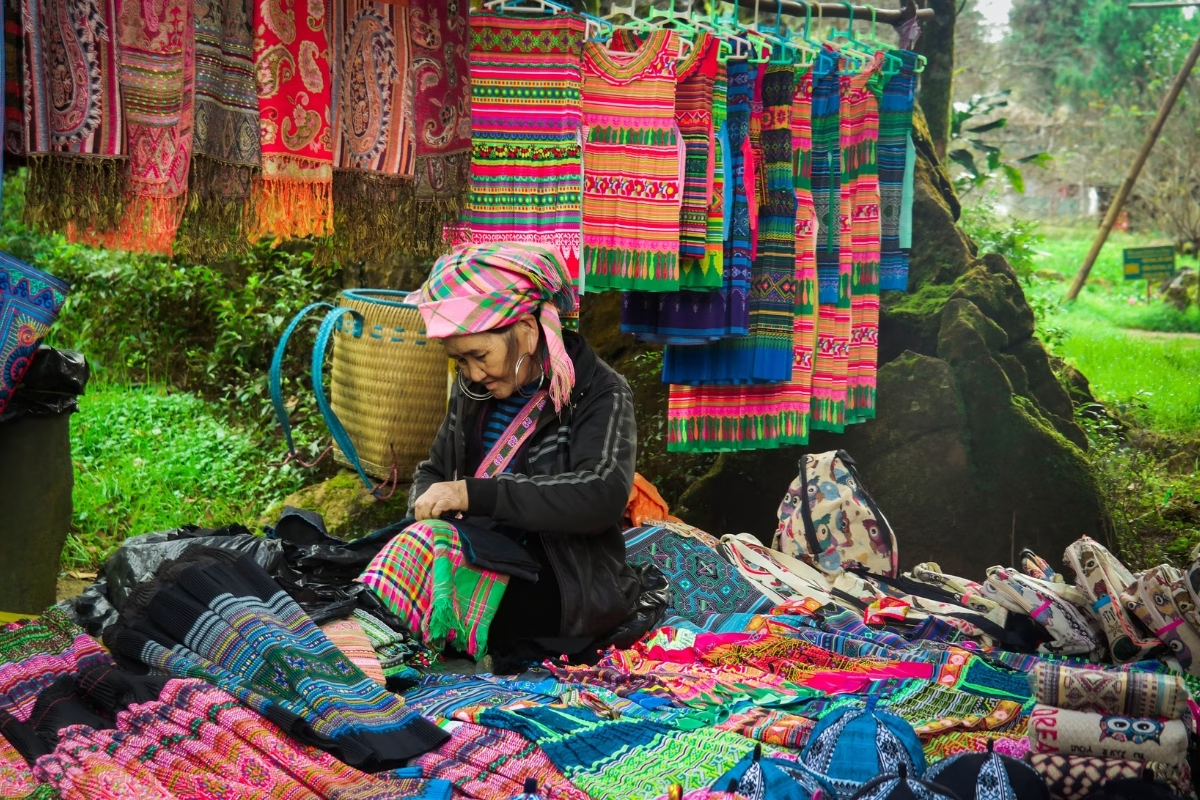
Staying overnight in a village homestay is a wonderful way to dive into local culture. You can savor traditional dishes like thang co (horse meat stew), smoked pork, or wild bamboo shoots by a cozy fire. Joining locals to learn weaving or hear their stories offers a heartfelt connection. Markets like Bac Ha, held on weekends, buzz with energy, where you can buy handmade textiles, try local foods, and soak in the lively atmosphere.
Festivals and Traditions
Sapa shines during traditional festivals like the Dao’s Jumping Festival or the H’Mong’s Gau Tao Festival, often held in spring. These events feature vibrant dances, flute melodies, and colorful costumes, showcasing traditions passed down through generations. Attending these festivals lets you feel the rich cultural heartbeat of Sapa.
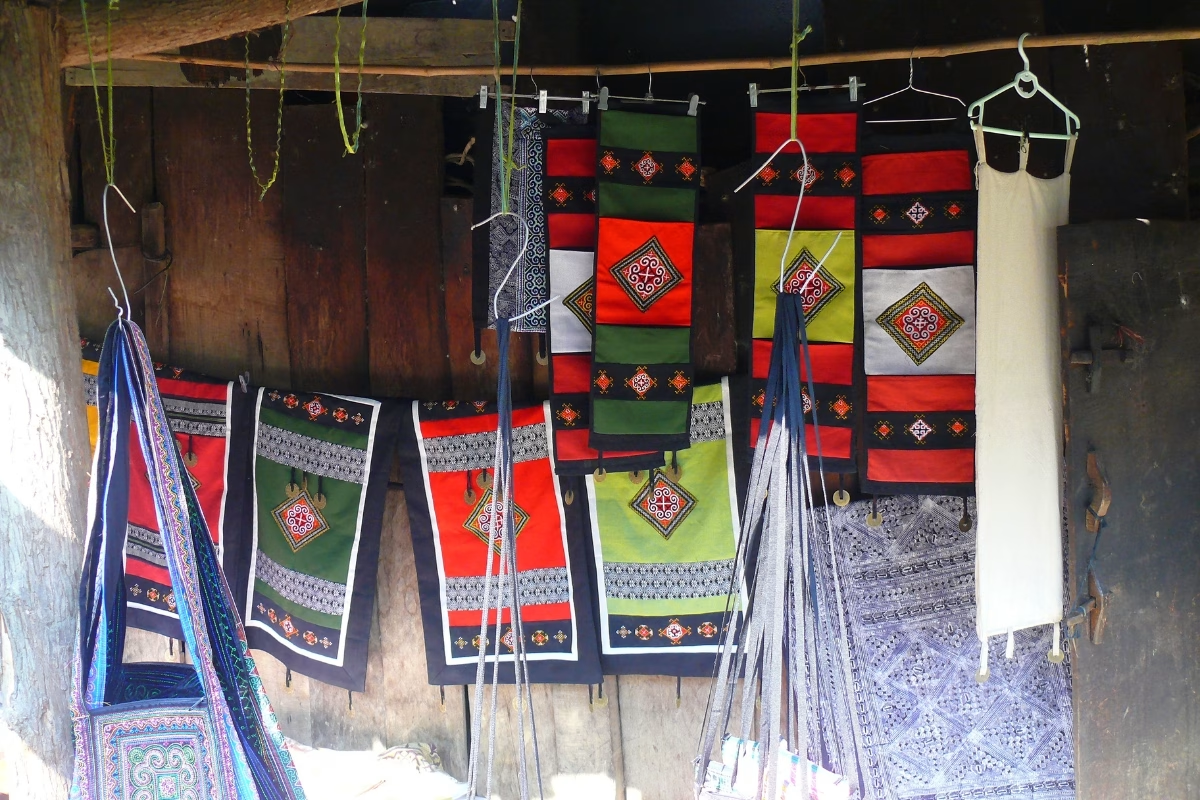
Sapa’s Natural Beauty: Magical Phenomena
Seas of Clouds and Mountain Sunrises
Sapa is often called the “Kingdom of Clouds,” with seas of white mist blanketing the mountains, especially at dawn. Standing at O Quy Ho Pass—one of Vietnam’s “four great passes”—you’ll watch clouds drift gently as the sunrise paints the sky golden. This surreal scene feels like stepping into a dream. Other great spots for cloud-watching include Ham Rong Mountain or Ta Phin Village, offering sweeping views of the Muong Hoa Valley.
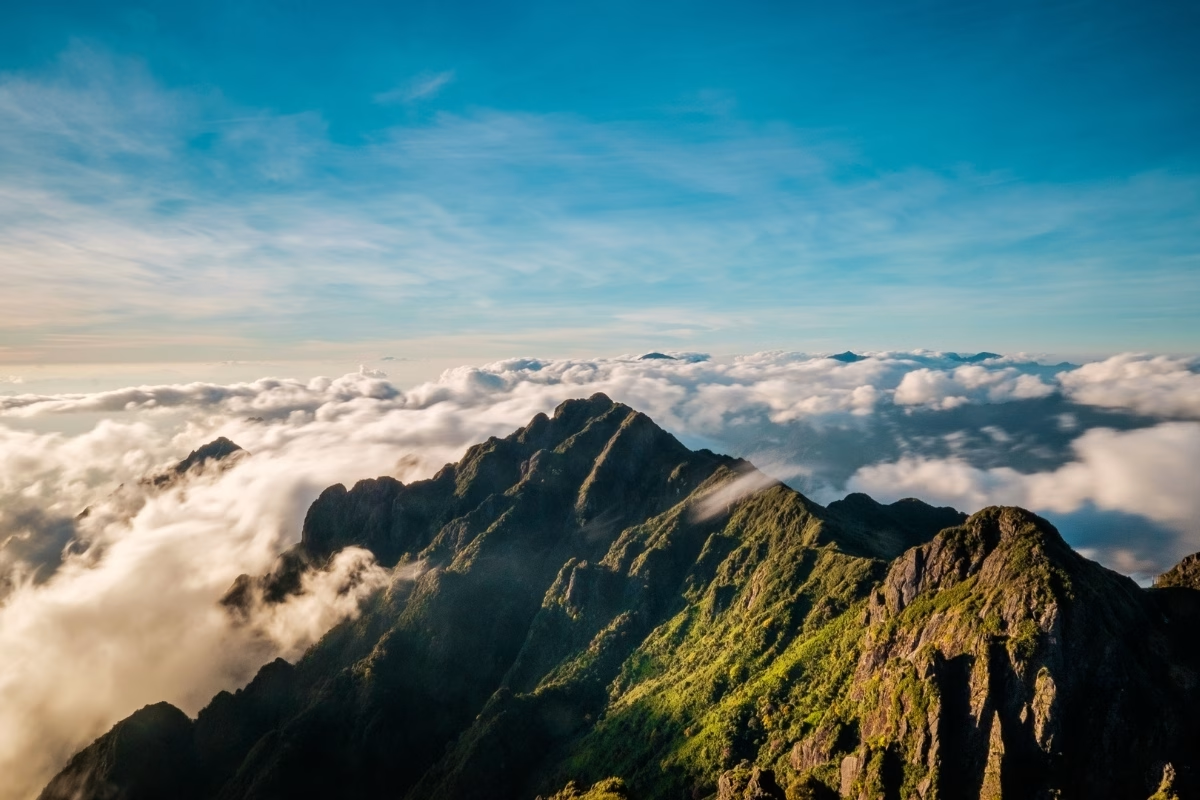
Terraced Rice Fields and Golden Harvests
Sapa’s terraced rice fields, curving like ribbons across the mountains, are a sight to behold. During the harvest season (September to October), the valleys turn golden, creating a breathtaking panorama. Fields in Ta Van or Lao Chai are perfect for photography and soaking in nature’s beauty. Even in the rainy season (June to August), the terraces shimmer with water, reflecting the sky and mountains like giant mirrors.
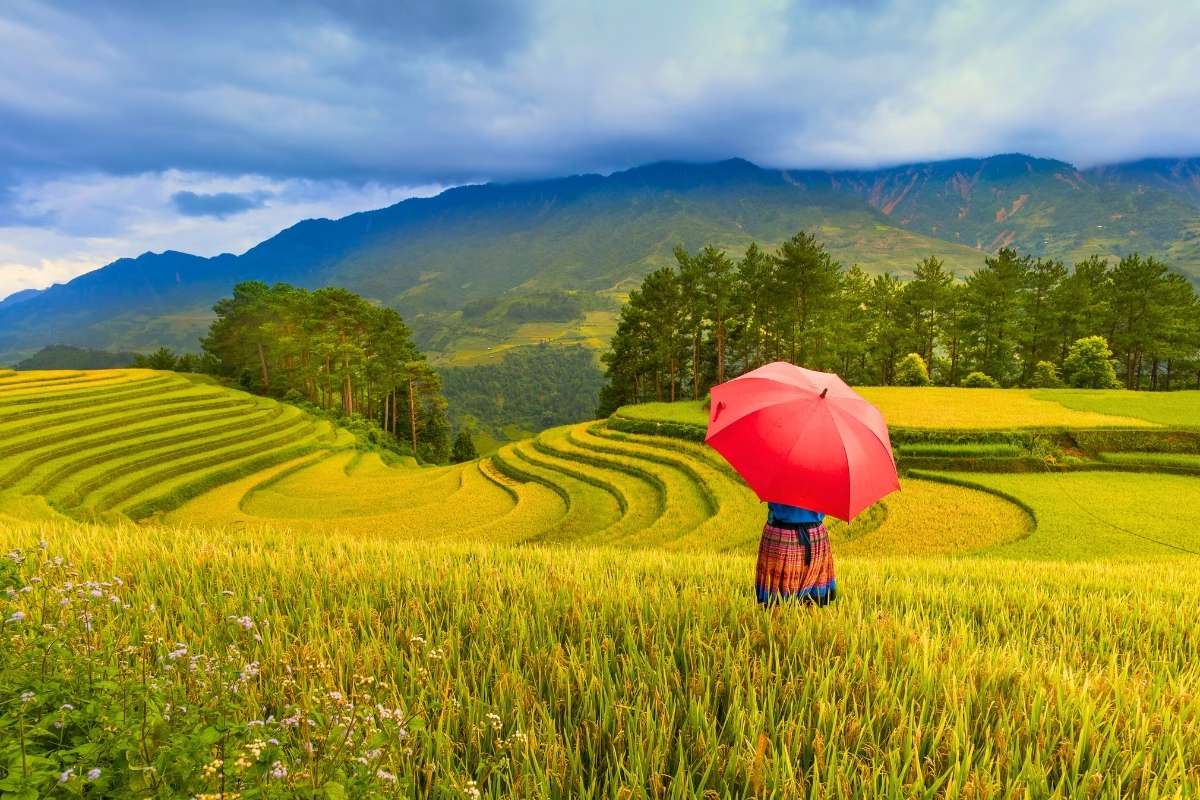
Silver Waterfall and Pristine Forests
Silver Waterfall, about 12 km from Sapa town, is a must-see natural wonder. Water plunges over 100 meters through rocky cliffs and lush trees, creating a dramatic scene. Walking the path to the waterfall, you’ll breathe crisp air and hear the soothing rush of water. Nearby, Hoang Lien Son National Park preserves pristine forests teeming with rare orchids, birds, and wildlife, offering a glimpse into Sapa’s rich ecosystem.
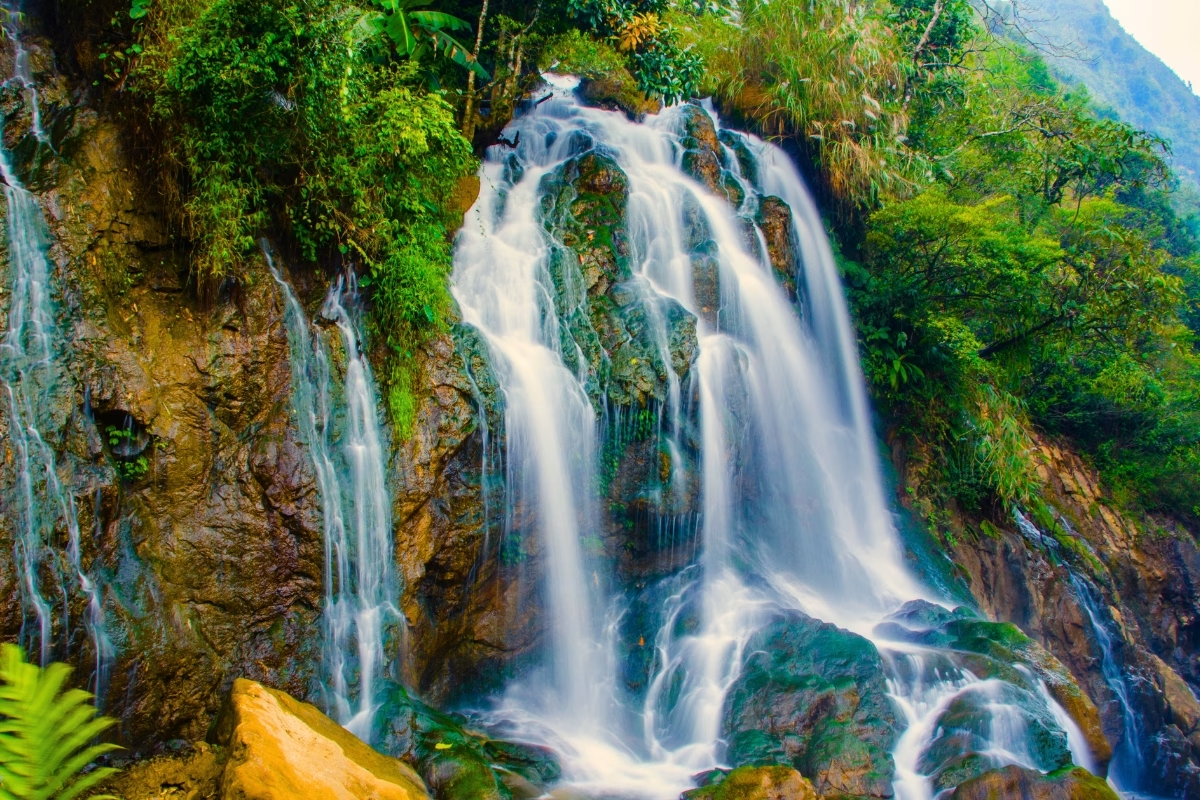
Planning Your Sapa Adventure
Best Times to Visit Sapa
Sapa is beautiful year-round, with each season offering something special. Spring (February to April) blooms with peach and plum blossoms, while summer (June to August) is cool and ideal for trekking. Autumn (September to November) brings golden rice fields, and winter (December to February) offers misty views and, rarely, snow—a unique sight in Vietnam.
Getting There and Where to Stay
From Hanoi, Sapa is reachable by bus, train (to Lao Cai, then a short drive to Sapa), or motorbike, taking about 5-6 hours. Homestays in villages or hotels in Sapa town offer comfortable stays, from budget-friendly to upscale. Daisy Land Travel can help plan your trip, with flexible trekking and cultural tours tailored to your needs.
Practical Tips
Pack a light jacket and raincoat, as Sapa’s weather can change quickly. Good shoes and a small backpack are key for trekking. Don’t miss local specialties like salmon hotpot or grilled chicken, and consider buying handmade textiles as souvenirs. Plan for at least 3-4 days to fully explore Sapa’s nature and culture.
Start Your Journey
Sapa tourism is a journey into Vietnam’s wild beauty and vibrant traditions. From trekking through terraced fields to cozy homestay nights with H’Mong locals, Sapa invites you to slow down and feel the pulse of the highlands. Plan your trip today at Daisy Land Travel Viet Nam to discover this jewel of Vietnam tourism!
Daisy Land Travel Viet Nam (DLT)
- 🏢 Head Office: No. 11, Alley 55, Linh Quang Alley, Van Chuong Ward, Dong Da District, Hanoi, Vietnam
- 📞 Phone/ Whatsapp/ Viber: (+84)931307887 / (+84)368020960
- 📧 Email: booking.daisylandtravelvietnam@gmail.com
Khám phá thêm từ Daisy Land Travel Viet Nam
Đăng ký để nhận các bài đăng mới nhất được gửi đến email của bạn.

